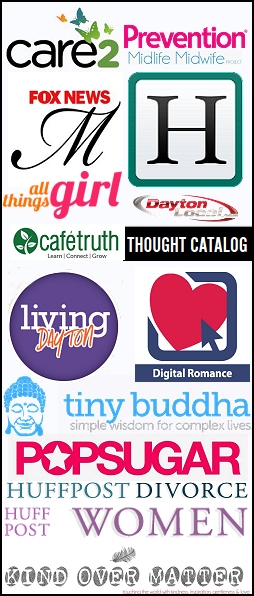Developing a program curriculum for young adults with autism is a nuanced art, intertwining educational parameters with empathy and foresight. Whether you’re a parent, an educator, or an advocate, the quest for a curriculum that fosters growth and self-sufficiency is paramount. In this comprehensive exploration, we dissect the key components that set the stage for an impactful developmental path and examine the intersection of individualized learning, life skills, vocational training, sensory-friendly environments, and technology. Engage with us as we chart a course towards educational edifices that cater to the unique needs and potential of this vibrant community.
Individualized Learning Paths
An effective curriculum must pivot on individualized learning paths (ILPs), which are tailored to the specific strengths and challenges of each student. These pathways should be informed by comprehensive assessments and should account for the student’s sensory profile, communication preferences, and learning style. Moreover, having a program for autistic adults that caters to their unique abilities and interests can significantly enhance their engagement and motivation, ultimately leading to meaningful and sustained progress. Rigidity gives way to flexibility as these ILPs evolve, ensuring that students are not only mastering academic content but also developing strategies to address everyday challenges.
Life Skills Development
Empowering young adults with autism transcends academic prowess; it surfaces in the mastery of life skills. The curriculum should integrate a broad spectrum of abilities, from self-care routines to interpersonal skills. Central to this endeavor is the teaching of practical skills that enable independence, such as managing personal finances, navigating public transportation, and maintaining a healthy lifestyle. By weaving these critical skills into the educational fabric, programs can shape young adults who are not just knowledgeable but also capable and confident in the realm of self-sufficiency.
Vocational Training
For many young adults with autism, the transition to the workforce is a defining passage. Vocational training, therefore, must be an intrinsic part of their educational experience. A successful vocational program should be multifaceted, offering exposure to various job roles and industries. Work-readiness skills, including punctuality, workplace etiquette, and task completion, require deliberate instruction and practice. Equally vital is the cultivation of self-advocacy and the provision of ongoing support structures to ensure a smooth transition and sustainability in the chosen career pathway.
Sensory-Friendly Learning Environments
Sensory considerations are paramount in a curriculum designed for those with autism. High sensitivity to sensory stimuli is a common feature, and traditional educational settings can be overwhelming. The integration of sensory-friendly learning environments entails deliberate design choices to minimize sensory overload and create spaces that support focus and learning. From lighting and color schemes to classroom layout and noise levels, every detail is an opportunity to cultivate an environment that aligns with the sensory needs of students, fostering a sense of security and calm.
Supportive Technology Integration
The rapid advancement of technology offers an array of tools to enrich the educational experience for young adults with autism. Augmentative and alternative communication (AAC) devices, sensory apps, and learning platforms tailored to individual needs are just a few examples. The key lies in the intentional integration of these tools into the curriculum — not as a one-size-fits-all addition, but as an enabler of personalized learning and a facilitator for skill acquisition. Technology, when strategically employed, bridges gaps and amplifies potential, offering new avenues for expression, comprehension, and engagement.
Designing an effective program curriculum for young adults with autism is a calling to create an educational ecosystem that celebrates individuality and equips each student with the tools to flourish. We have explored the crucial elements that underpin such a curriculum, from personalized learning journeys and life-skills integration to vocational readiness and sensory-aware environments. Echoing the melody of dedication to these principles will not only resonate within the walls of educational institutions but will reverberate through the lives of the students themselves, and the stakeholders who champion their cause. The road is long but the promise of growth and self-fulfillment beckons — it is up to us to heed the call and pave the way forward.
Want to learn more tips and tricks for better managing your life? And your family’s?
Snag a free workbook and get inspiration on all the ways to love your life even more.
>>Click Here to Discover Additional Strategies for Managing Stress, Anxiety, and Burnout <<









